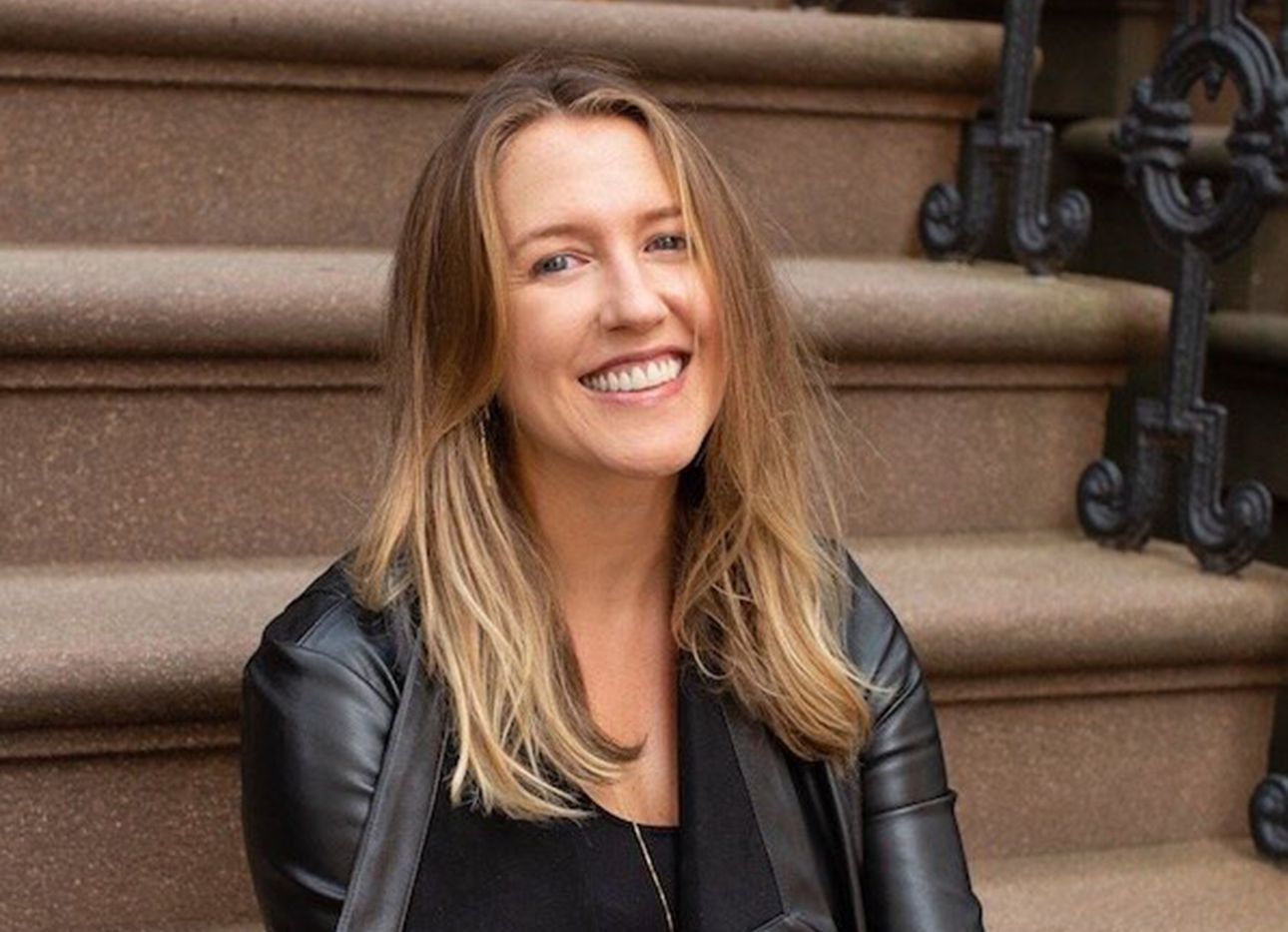
Traditional Self-Care Alternatives, According to Some of the World’s Healthiest Cultures
Frustrated by the high cost of wellness in America, Brooklyn-based journalist Annie Daly set out to find meaningful alternatives to bath salts and body creams by immersing herself in some of the world’s happiest, healthiest cultures. She queried locals in Norwegian fjords, Jamaican organic farms, and Japanese Buddhist pilgrimage treks, listening to Hawaiian storytellers and learning to do nothing while embedded with Brazil’s hammock culture. Daly documented these and other findings in her forthcoming book, Destination Wellness: Global Secrets for Better Living Wherever You Are (Chronicle Prism), out May 11. What may sound like a travel writer’s cushy, decidedly pre-Covid boondoggle in fact offers up low-cost, deeply rooted customs that reveal how living well is less about exclusive products than intentional, inclusive choices.
Which destinations proved most transformative for you?
In many ways, Brazil’s approach to wellness is the most culturally different to ours in the United States. Their notion, that you can’t be well if your family isn’t well, completely contradicts our American individualism. Their idea that simply hanging out around people we love is a wellness practice went against my sense that productivity is essential to well-being. Over the past year especially, when it was so easy to burrow into our own cocoons, I was inspired by the Brazilians to call my family more often. I noticed how much better I felt after talking to them. Humans are wired to connect, not disconnect, so it makes sense to view friend dates, even over Zoom, as investments in our mental health.
It wasn’t only in Brazil where social ties play an important role in well-being. The Japanese concept of ichigo ichie [which translates to “once in a lifetime”] goes beyond living in the present moment, recognizing that every interaction is unique. Considering that this is the only time we’ll share in this moment led me to approach every encounter with much more empathy and engagement.
Did these travels bring you to any surprising sensory experiences?
In Norway, it was the lack of a sensory experience—sound—that affected me. Their concept of friluftsliv, which means “the free-air life,” is about freeing ourselves from everyday cacophony. Being silent, the Norwegians believe, helps deepen our connection to nature. As Americans, we’re loud and accustomed to a lot of background noise. On my camping trip with a Norwegian professor of friluftsliv, he insisted that music disrupts friluftsliv. As a music lover, I was skeptical. When I go into nature, I play songs to match the vibe, be it “Harvest Moon” by Neil Young or “Wildflowers” by Tom Petty. But staring into the campfire in silence, with no sound except the rustle of leaves, really helped me clear my mind and brought me to a deeper place.
Connecting with nature as a form of well-being is apparent in many of the cultures you visited, yet many of us live in cities. How have you learned to bring the outdoors in?
Proust was right: Scent is the most provocative sense for helping us vividly conjure memories. If you’ve been trekking under the red cedars in Japan like I was, a simple fir-tree candle can extend that vacation vibe. I’ve also continued making Ayurvedic face masks from four natural ingredients: papaya, aloe vera, rosewater, and besan, or chickpea flour, which you can buy at Trader Joe’s or Indian specialty stores. It just feels better to put nature on your face.
The Rastafarians you meet in Jamaica view wellness as a way to maintain self-reliance in the face of historical oppression. Can you put self-care into a historical context at a moment when it feels more relevant than ever?
Self-care has a really rich history, with origins in the U.S. civil rights movement. Taking care of yourself served as a political act when rights were being stripped away. Self-care as self-protection is a very relevant idea right now, too, for anyone facing things they cannot control, from the pandemic to xenophobia. Protecting yourself has sadly become a crucial step in mental well-being, though it may look very different to each person. For some, it may be about speaking up in response to micro-aggressions, while for others not speaking up may be the best way to self-protect.
No matter what, it’s also about doing something healing and soothing after you’ve done what you need to do, like moving your body in some way you love. One Rastafarian talked to me about turning your home into a “bubble of vibes.” Actively doing whatever you feel shelters you from the outside world is also practicing wellness. All of this requires deeper work than three-hundred-dollar spa treatments, but ultimately, how we take care of ourselves can have the most lasting impact.